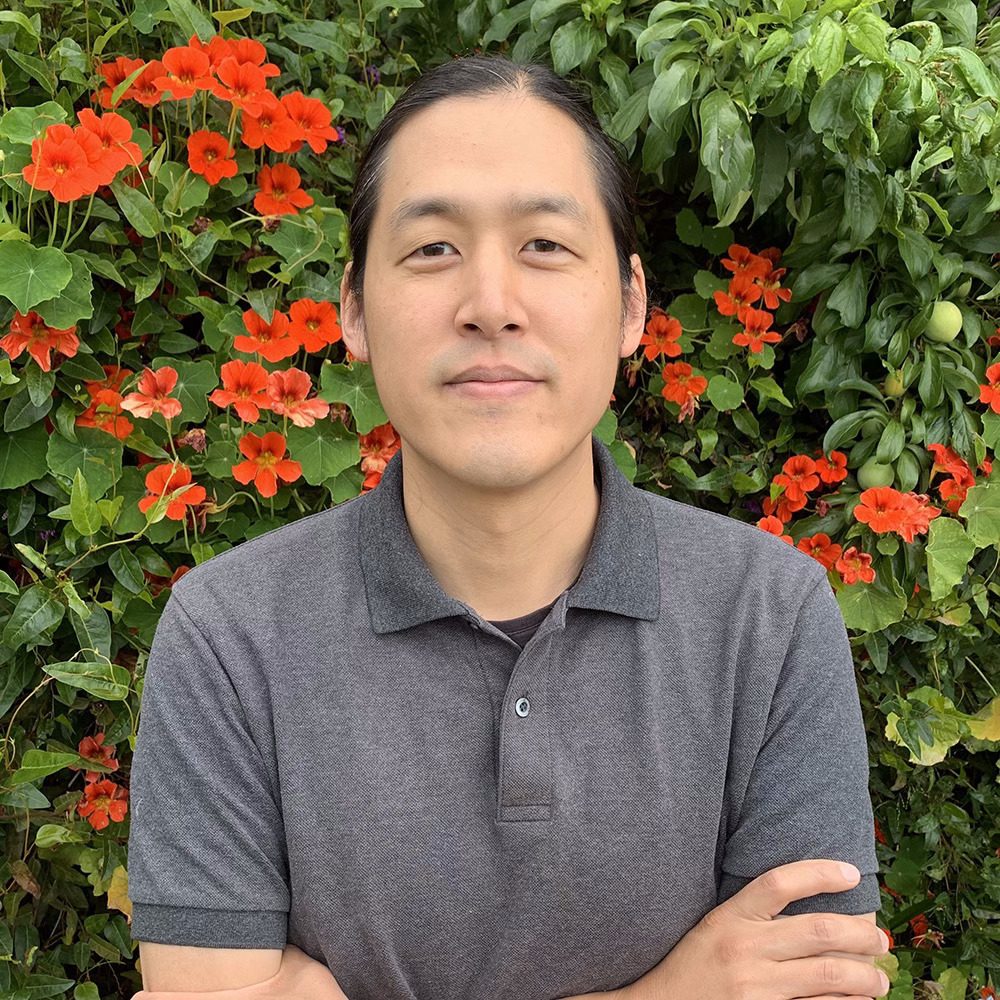Yale professor wins Academy Award for technical achievement
Theodore Kim, along with collaborators from Pixar, designed an elastic simulation system for more efficient and realistic animations.

Courtesy of Theodore Kim
Theodore Kim, associate professor of computer science at Yale, was awarded a Technical Achievement Academy Award on Feb. 24.
Kim and his colleagues at Pixar Animation Studios — David Eberle, Fernando de Goes and Audrey Wong — received this award for the design and development of the Fizt2 elastic simulation system, which simulates elastic materials like skin and muscle in animation.
The system builds upon Pixar’s original cloth simulator Fizt, which was first used for “Monster’s Inc.” in 2001. Fizt was used to model the dynamics of the clothing for one of the film’s main characters, Boo, and according to Kim, it was a breakthrough at the time. However, animated films get more sophisticated every year.
“What if Boo wears a shirt with tight cuffs, or she wants to put on a belt, or wants to put on a multi-layers flamenco dress?” Kim asked. “Fizt couldn’t handle complicated clothing like that.”
This demand for more complex animation is what led to the development of Fizt2, which de Goes described as an “in-house physically-based simulator for soft bodies” with the capability of “add[ing] physics to any 3D objects in our scenes.”
In order to better model elastic materials, Kim and his collaborators needed to redesign collision detection and response algorithms. Previous simulation programs, Kim explained, used methods that were slow and unstable. He and his collaborators needed to revisit the basic physics of the algorithms in order to develop fast and precise methodologies of computing the core calculations involved.
Kim said that their main task was to find “some elegant new equations that had been hiding deep inside the math this entire time,” so that they could increase the efficiency and stability of their algorithms.
According to Eberle, the development of Fizt2 first became necessary for Pixar’s film “Coco,” as the previous system, Fizt, only supported collision handling at discrete steps. For example, the animated cloth would not stay in place on the fast-moving and thin skeleton characters in the film, Eberle said, so it was necessary to add continuous handling methods to accommodate that. He also had to spend time improving the performance and multi-threading of the simulator, he added, because the increased garment complexity in the film led to many layers being stimulated at once.
“These features are essential to delivering visually pleasing simulation results even when the animated character’s underlying motion isn’t physically plausible,” Eberle said.
De Goes said that his role in the project was co-authoring the design of new physically-based material models and integrating them into the simulator. One of the goals of Fizt2 was to make computer-generated animations look believable even when they stretch reality, he explained. Rather than adjusting poses frame by frame, the team aimed to provide a system that could assist artists in infusing physics into their animations.
According to Eberle, another goal of Fizt2 was adding volume simulation, in addition to simulating shell surfaces such as cloth. He noted that he was “very lucky” to have Kim, de Goes and Brennan Smith in the research group, as they had already been working on “novel formulations that allowed for computational efficiency and would provide a new bar of stability that can hold up under an onslaught of production challenges.” Eberle was able to integrate their research into the Fizt2 simulator, allowing them to simulate cloth and volumes together for characters like Wilden Lightfoot in “Onward.”
“Working on a project like this takes a good amount of mathematics, physics, and computer science,” de Goes said. “It requires close collaboration with our artists so that we can mold our work based on what they want to achieve.”
Kim previously won an Academy Award in Technical Achievement in 2012 for developing the Wavelet Turbulence software for detailed gas simulation.







